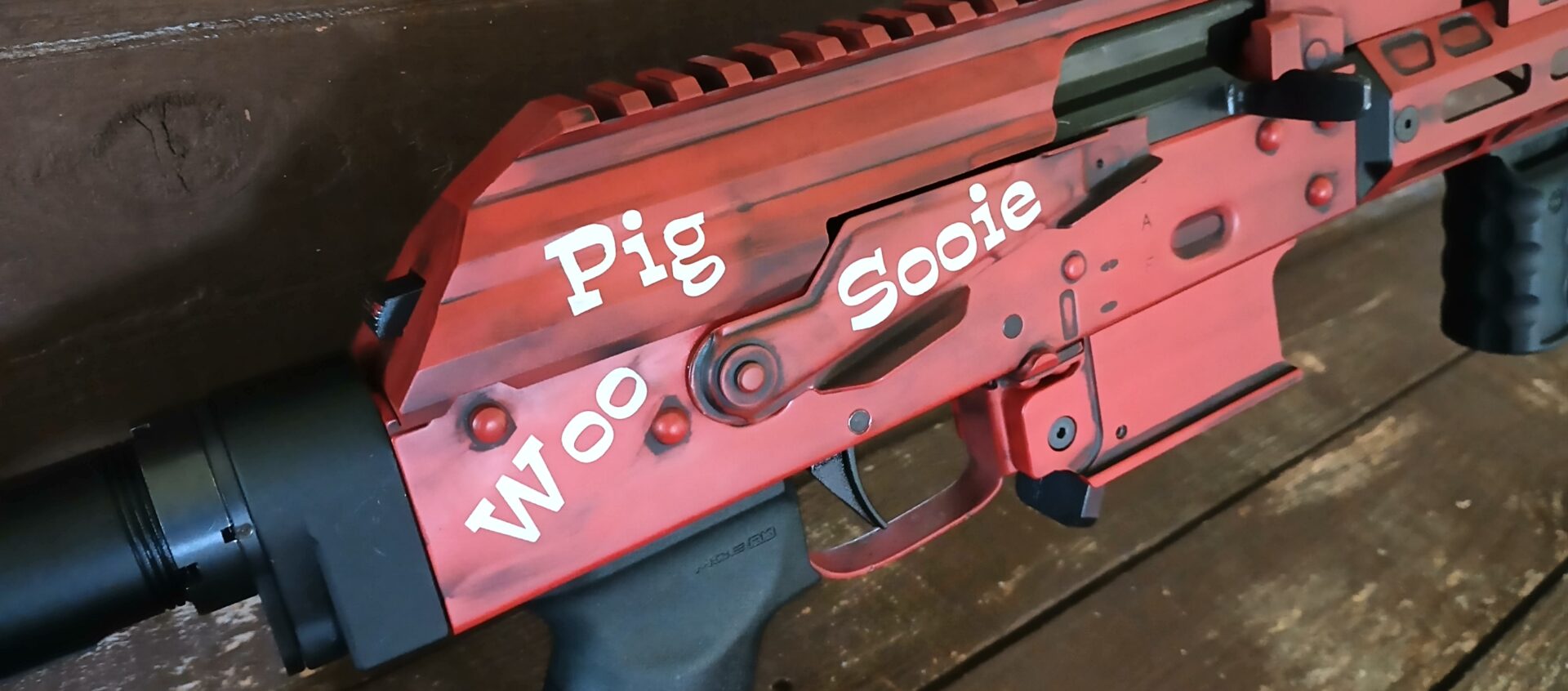The 1911 Pistol vs Beretta 92FS
The 1911 pistol has been around for over 100 years. It was a staple of the US Army until recently when it was replaced by the Beretta 92/M9.
It remains a popular choice among police, SWAT and FBI teams as well as competition shooters and enthusiasts. The gun has a wide range of upgrades available, including ambidextrous thumb safeties, extended beavertail grip safety, improved sights and accessory rails.
Ergonomics
The 1911 pistol is one of the easiest large-bore handguns to shoot. It’s easy on the wrist, and its relatively low bore axis reduces torque on the grip. It also weighs only 40ish ounces loaded, and its single-action operation makes it easier to tame recoil than many other big-bore pistols.
grip. It also weighs only 40ish ounces loaded, and its single-action operation makes it easier to tame recoil than many other big-bore pistols.
The gun’s design is durable. It’s available with steel or aluminum frames, with a variety of customization options and accessories. It’s also affordable, with both US-made GI spec and import models available for $700 or less.
If you’re looking for a quality 1911, the best place to start is with a Sig Sauer STX. This model is a great choice because it has adjustable combat night sights and a Nitron slide, which offers a combination of durability and accuracy. It also comes with a magazine loader and custom burled maple grips. It’s a solid, affordable option for anyone who wants to get into the world of 1911s.
Accuracy
While there are a lot more factors that go into making a pistol accurate, the 1911 trigger is recognized as one of the best. It’s smooth, light and intuitive, pointing naturally to the target in most hands. This is a huge plus in combat, when reliability is a million times more important than precision.
The Government frame’s relatively low bore axis helps reduce torque on the wrist when firing, while its weight and size help tame recoil. This makes the 1911 an easy big-bore gun to shoot.
The 1911 is also known for being a versatile weapon, with many different options available to customize it to your needs. Ambidextrous thumb safeties, extended beavertails, drift-adjustable Novak sights and accessory rails are just a few examples of the features you can choose from. These upgrades can make your 1911 even more reliable and accurate. They can also improve the pistol’s ergonomics. However, some accessories may require additional parts or training to install correctly.
Safety
In the hands of a skilled shooter, and with regular maintenance, few pistols sit as comfortably in the hand and point as naturally as a 1911. This makes it one of the darlings of competitive shooters, as well as a popular choice for self-defense or concealed carry.
The 1911 has a safety that works on the grip, depressed by your shooting hand’s thumb when you’re holding the gun. The hammer is also pinned to the frame, so it can’t move without the grip safety being pressed.
Many of the features on a 1911 are designed to improve its safety. Ambidextrous thumb safeties are a common upgrade, as are extended beavertail grip safetys and accessory rails. Depending on the application, the barrel length and size of a 1911 can also make it more or less safe to use. Longer barrels may provide greater accuracy, while smaller frames are more comfortable to hold and easier to conceal.
Maintenance
Many 1911 owners like to customize their pistols. They may opt for a trigger job or work on the sights or other features. However, a good-quality factory pistol needs very little modification to run well.
Some of the 1911’s finest gunsmiths were experts in customizing the weapon, introducing features such as extended beavertail grip safety levers, adjustable target sights and ambidextrous safety levers, hand-fitted barrels and melt treatments on the frames to prevent them from cutting into clothing. These enhancements helped to make the 1911 one of the most popular weapons during WW2.
Just like any other firearm, a 1911 requires regular maintenance and lubrication. A good quality gun cleaning kit is a must. Many people use teflon-based lubricants but, in my experience, they do not last nearly as long as the oil that is produced naturally by the action of the 1911 when fired. Make sure to lubricate the locking lugs and distal portion of the barrel bushing on a regular basis.




